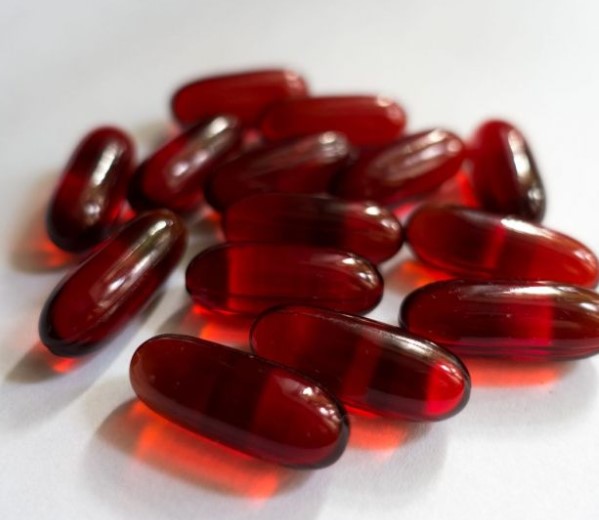 South Antarctic Krill, Euphausia superba is one of the largest unutilized protein sources in the Antarctic Ocean and is drawing the attention of the world as a source of protein and other biological compounds, like krill oil. This high quality krill oil type is obtained as a byproduct from the krill meal process, being the final product 100% natural. Krill oil has characteristics that are very desirable not only in cosmetics and nutraceuticals, but also as a pigment source for animal feed and the pet food industry. Krill oil is a source of natural carotenoids (pigments), being over 95% of the pigments present in krill oil in the form of asthaxanthin. Asthaxanthin has important metabolic functions in many organisms such as the improvement of the quality of sea bream eggs. Asthaxanthin is not only a pigment, but also works as a photo protector and antioxidant, like beta-carotene. Krill Oil is a rich source of cholesterol (3-8% of the fat). Cholesterol is an essential ingredient for crustacean diets. Krill Oils are manufactured following a solvent-extraction procedure, normally taking place on onshore plants, and alternatively following a partial onboard trawlers’ processing and/or entirely manufactured onboard such trawlers. Quality will therefore depend on the type of processing the oil follows. The most market-offered oil though would come from onboard processes following the dried aqua-feed processing line concept. Please read full report here. |








